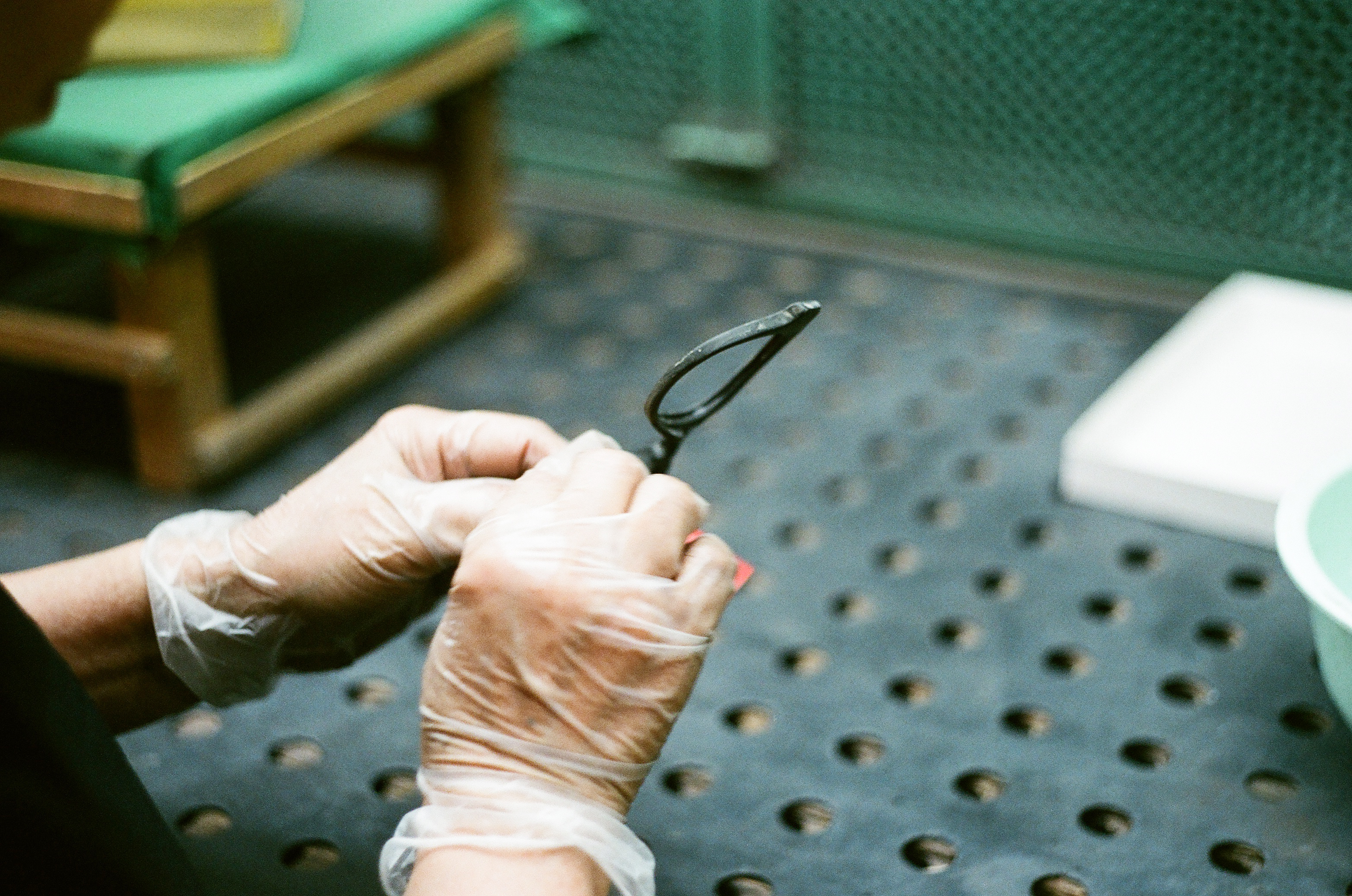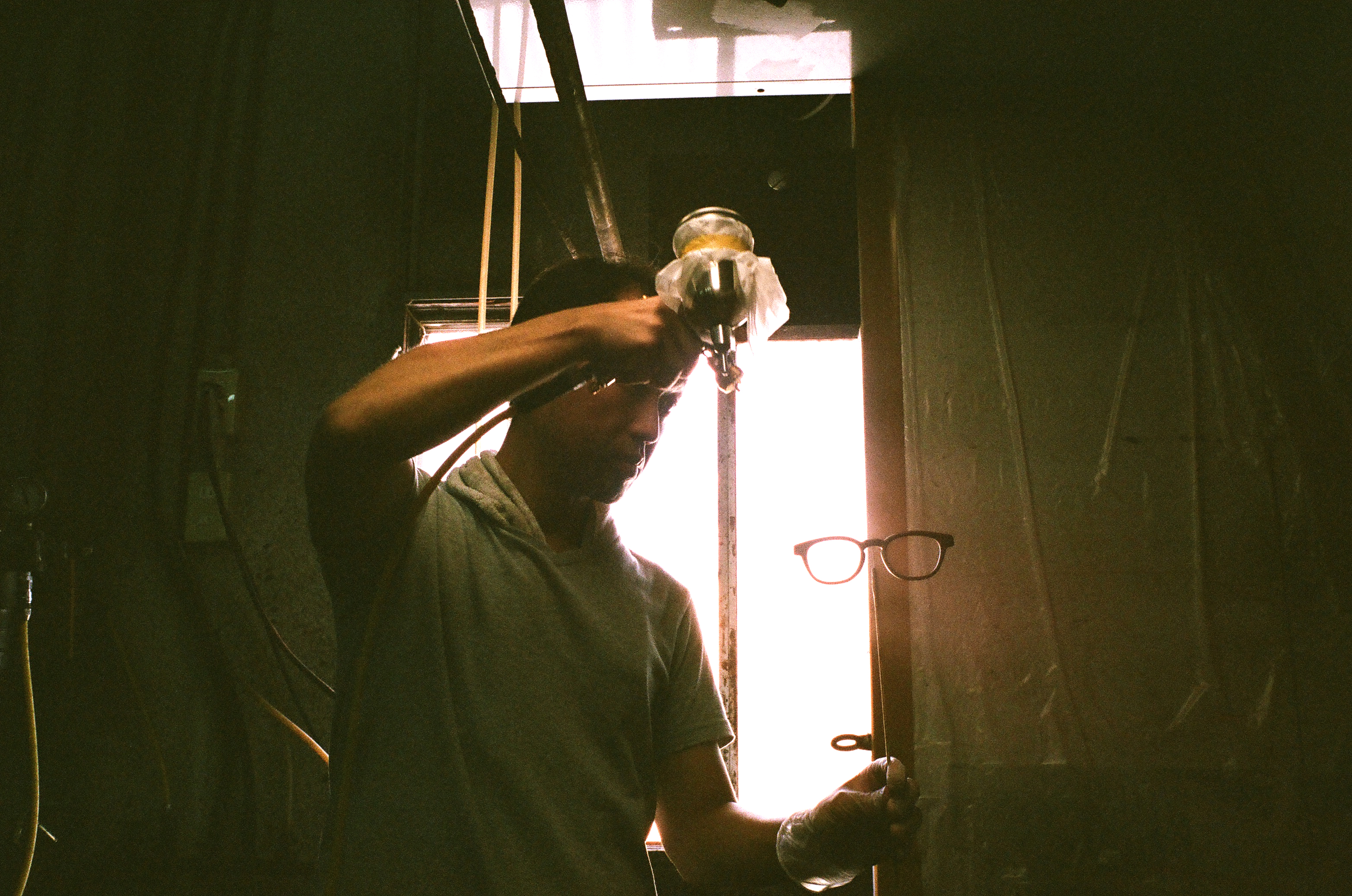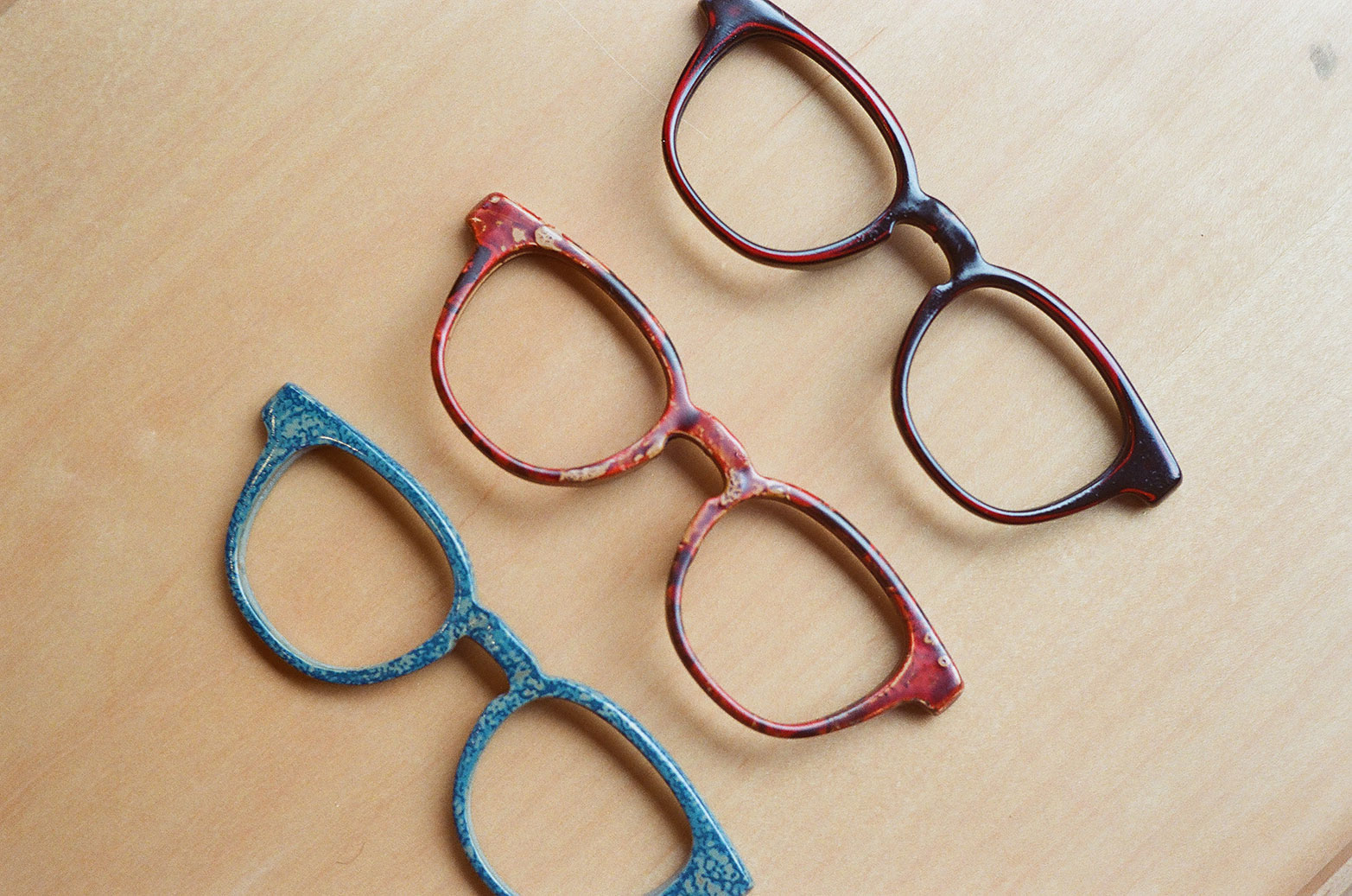
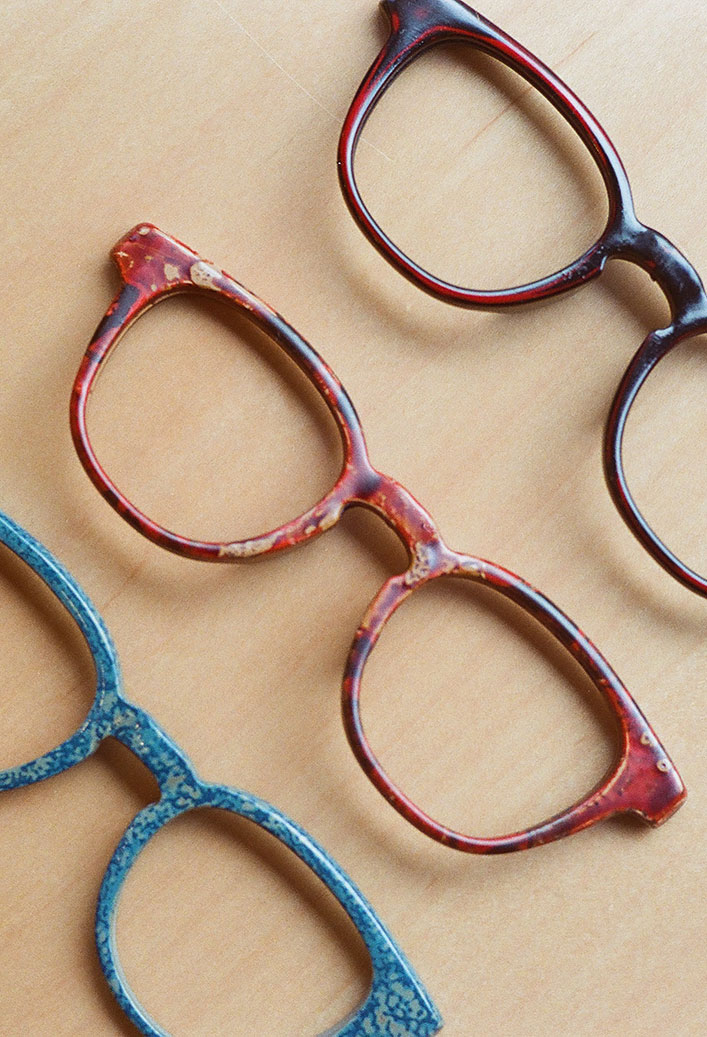
EYEVAN × KYOTO
interview 9
“Work to be passed on, traditions to be passed down.”
Mr. Ryo Ishikawa, 5th generation of Ishikawa Lacquer Studio (est. 1884 / Fushimi-ku, Kyoto)
Kyoto was once home to the Imperial Palace, where various crafts flourished. Echizen lacquerware from Sabae is one such example. Craftsmen moved from Kyoto to other parts of Japan, where the craft took root and developed in a unique way. Mr. Ishikawa contributes to the traditional culture of Kyoto through lacquer, also by working with other craftsmen in Kyoto to create ornaments for the Yamahoko floats of the Gion Festival. We interviewed Mr. Ishikawa about lacquer and the traditional crafts that have been passed down from generation to generation.
About Lacquer
Lacquer is an ancient material that has remained since prehistoric times
The lacquer is the sap that comes from the lacquer tree. However, it is totally different from the nectar that beetles and other insects prefer, and it doesn’t appear naturally. It comes out when you damage the tree with a specialized planer-like tool. It’s a liquid that trees instinctively produce to seal up a wound, the same principle as a human scab. In Japan, the first traces of the use of lacquer have been found in ruins from the Jomon period. At first, I think they were using it without even knowing the principles of lacquer. As we know today, they were first used for crafts during the Shosoin period (Nara period). It was so much later when it had become as common as it is now. In the past, it was so precious that it could be delivered as a tax, just like rice or salt. It was the kind of material used by those in power in Buddhism and Shintoism.
Craftsmen and Kyoto
Kyoto has created culture by combining technologies
Working with lacquer used to be based on specializations. Till around the Showa period, the painting process alone was divided into ” base coat,” “middle coat,” and “topcoat” steps. Today, more craftsmen paint from base coat to topcoat by themselves, but we still work in cooperation with various types of craftsmen. Many pieces are the result of a combination of many techniques. This is something unique about Kyoto.
About Succession
Creating an environment that allows people to continue to work
I would say that there are a lot of young people who want to be in the industry. Every year there are a certain number of high school and university students who want to learn the art of lacquerware. However, those students are not working in the lacquer industry after their graduation. The reason for this is that the situation has continued for the past 10 to 20 years, where the companies are unable to accept people. So, I think that while there are many applicants, the industry needs to create an environment in which these young people can continue their careers.
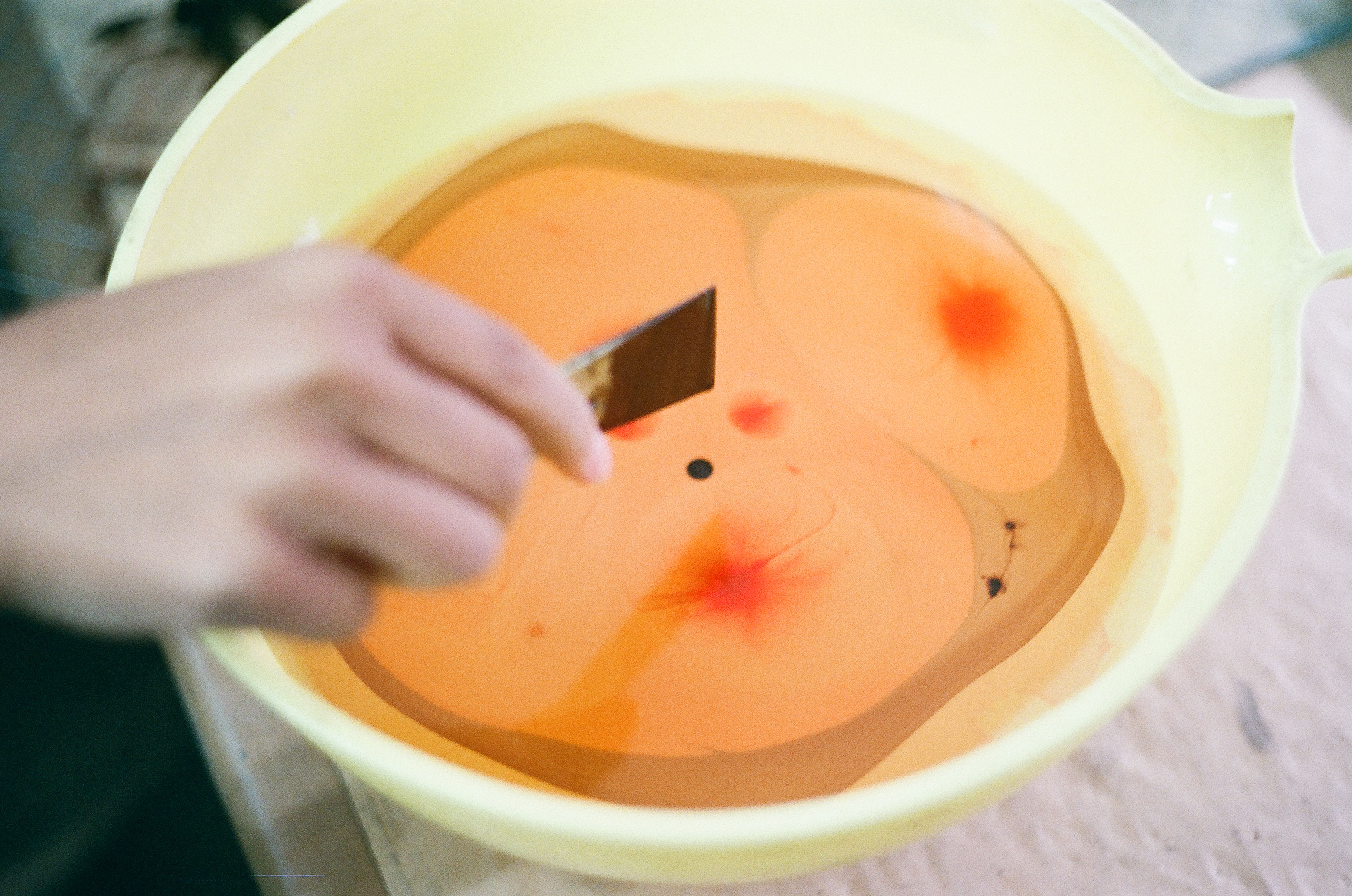
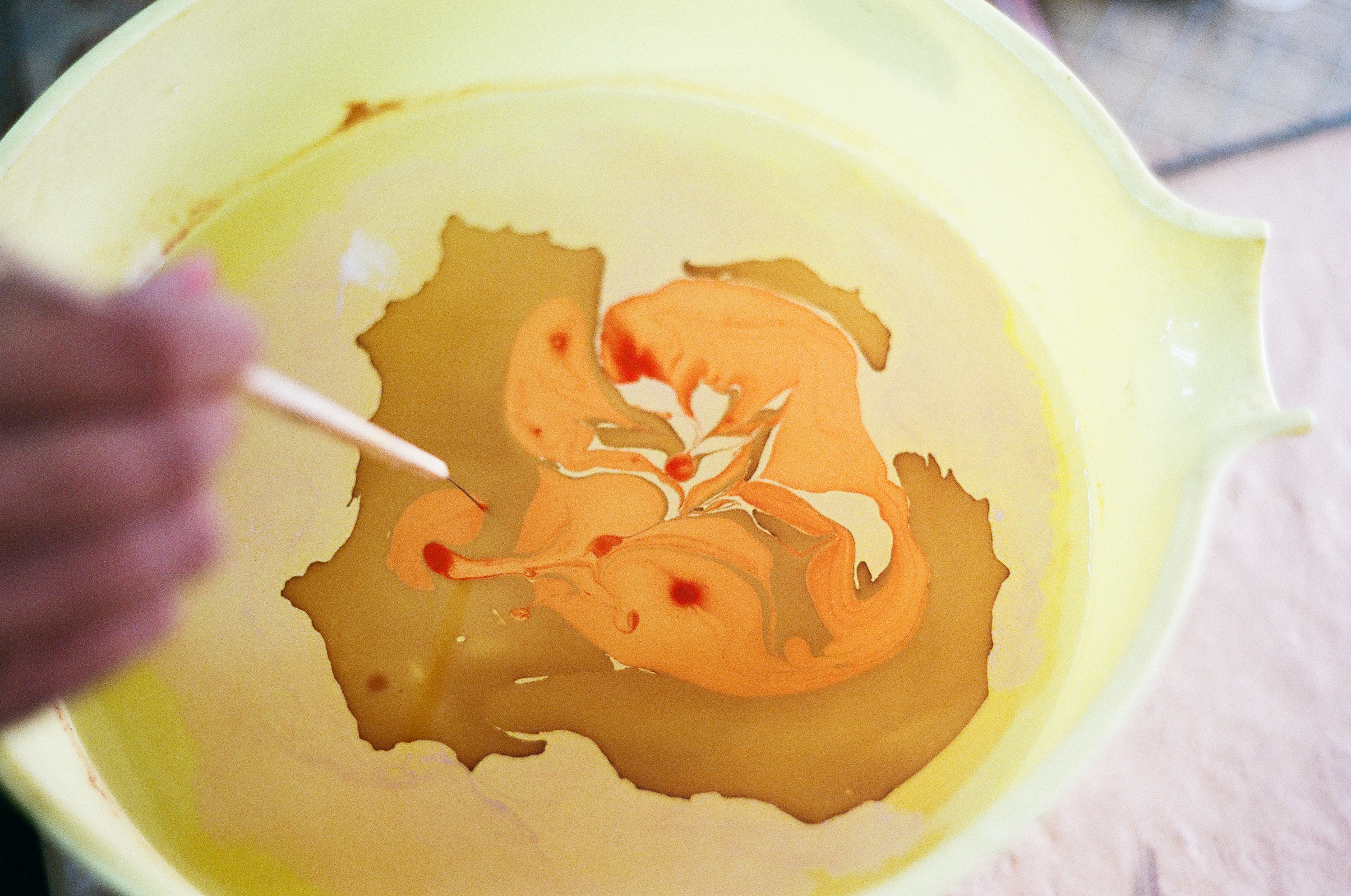
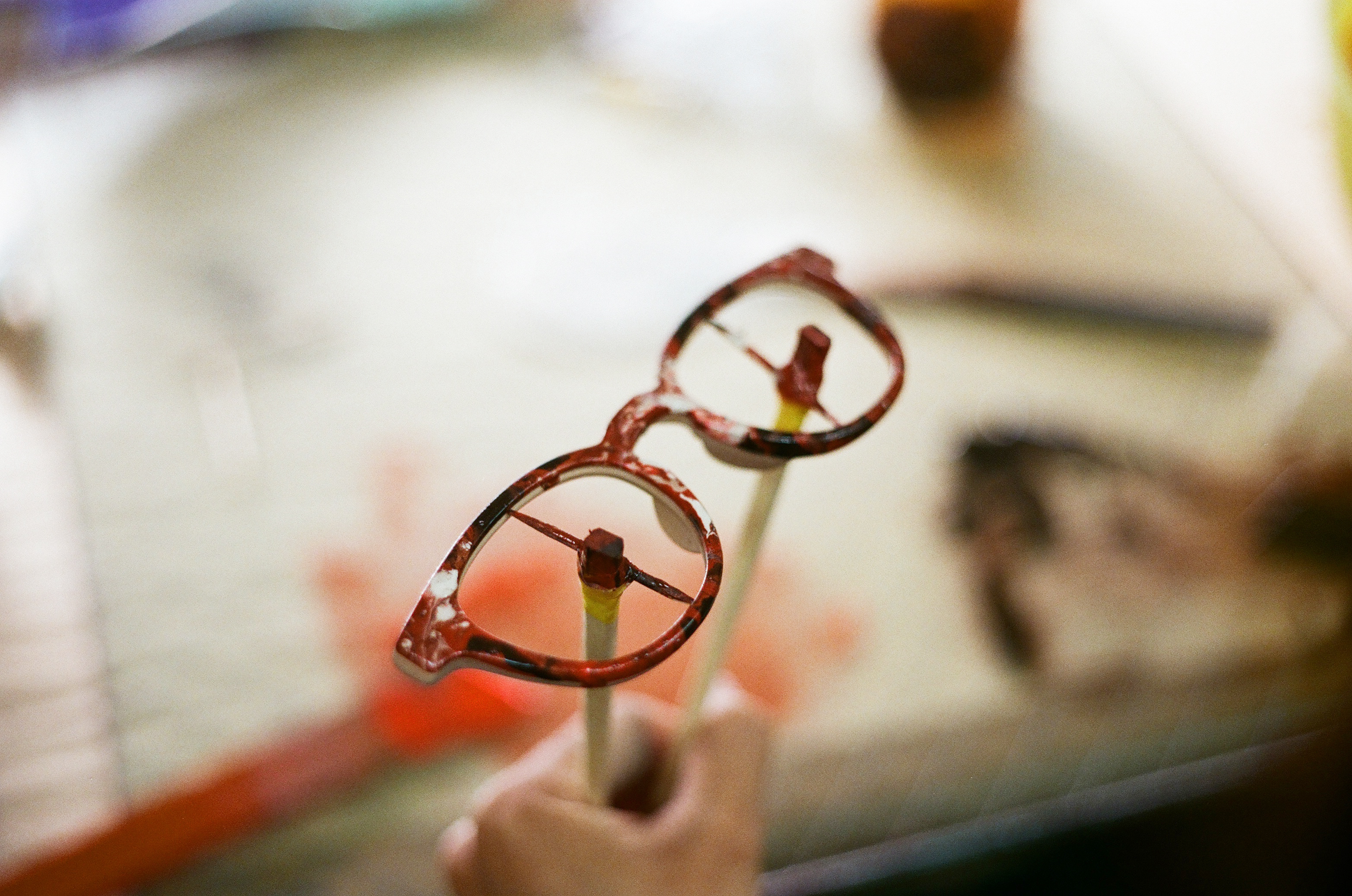
Our values
Making with extra cares
The world and society are already moving faster and faster, so it’s important to know how to do things carefully and without being rushed by time. We need to be very careful in the process of creating things and be attentive when dealing with people. When we are busy, we tend to neglect carefulness, but if that becomes a habit, I think at some point things will fall apart. To avoid that, I always try to be attentive. I think that’s all I can do.
Meaning of tradition
Pride
Unlike petroleum, lacquer can be continuously planted and extracted repeatedly, if such an environment can be created. I think that lacquer is a good raw material that can be produced eternally. We are very fortunate that it is only found in Japan and other parts of Asia. I am attracted to the fact that we can continue to make crafts with something unique in the region, and I hope we can continue to do so proudly. I would be pleased if such culture spreads little by little, as it can be passed down as an object for generations to come for a long time.
